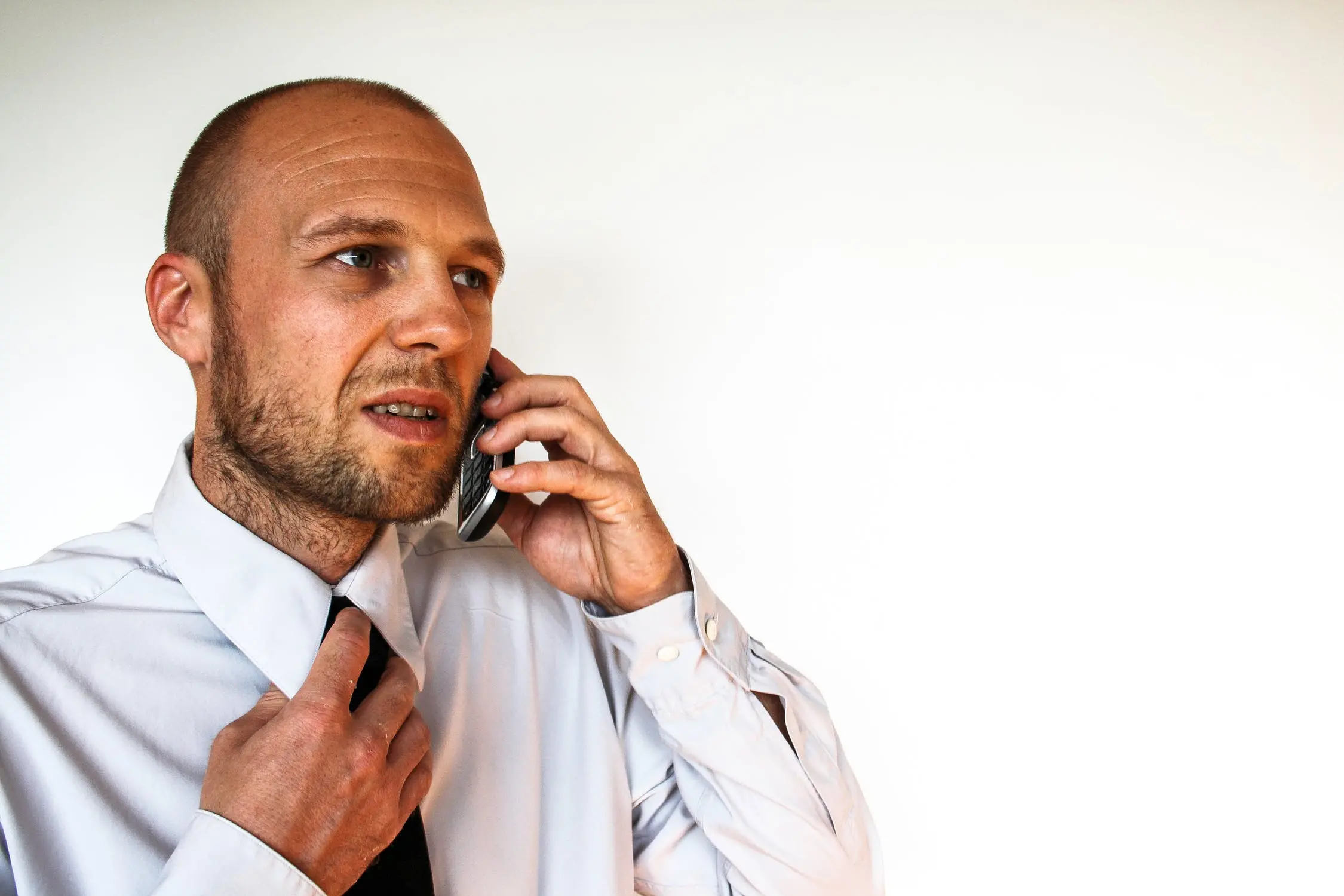Job interviews can often feel like you are under a microscope. Job candidates are aware that they are being assessed for competence, confidence, and candor. But what about the interviewer? An interviewer’s body language can speak louder than words. Here's how to tell what the interviewer really thinks:
1. Check his/her feet. If an interviewer says he/she “could go on talking with you all day,” but his/her feet are pointing toward the door, he/she is actually eager for the conversation to come to a close.
If someone is sitting with ankles crossed and legs stretched forward, they are probably feeling positively toward you. But, feet pulled away from you, wrapped in a tight ankle lock, pointed at the exit, or wrapped around the legs of a chair, usually indicates withdrawal and disengagement.
2. See if he/she's a copycat. If an interviewer begins to mimic your gestures, he/she feels you are a kindred spirit and you’re likely to get his stamp of approval. This is because when we talk with someone we like or are interested in we subconsciously switch our body posture to match that of the other person—mirroring that person’s nonverbal behavior and signaling that we are connected and engaged.
3. Watch his/her shoulders. If the interviewer shrugs one shoulder as he/she tells you about the company’s great work environment, it’s probably not that great. A partial, or abridged, shoulder shrug usually indicates that a person lacks conviction about what they are saying.
4. Notice where he/she's looking. If the interviewer has good eye contact with you or keeps glancing at your resume, he/she’s likely interested in you for the position. We tend to gaze longer at people and things we like. Conversely, when someone is disengaged, the amount of eye contact decreases or you will notice that she keeps glancing around the room.
5. Realize that if he/she hesitates, it's not a good sign. If you ask when you’ll know if you got the job, and he/she replies, “Um, uh, er . . . soon,” you’ll probably never hear from him again. For most people, the act of lying is stressful. One of the signs of stress is the use of verbal hesitations and false starts.
6. Observe her/his head position. If the interviewer tilts her/his head as you’re speaking, he/she wants to hear more. Head tilting is a signal that someone is interested, curious and involved. The head tilt is a universal gesture of “giving the other person an ear.”
7. Hope for a full frontal response. If the interviewer’s entire body—head, shoulders, hips and feet —is oriented toward you, he/she is totally engrossed in what you’re saying. When people are engaged, they will face you directly, “pointing” at you with their whole body. But, the instant they feel uncomfortable, they may angle their upper body away.
Carol Kinsey Goman, Ph.D., is an international keynote speaker, the author of "The Silent Language of Leader" and creator of Lynda.com's video series: "Body Language for Leaders." #LinkedInLearning #bodylanguage #careersuccess #jobinterview



Leave your comments
Post comment as a guest